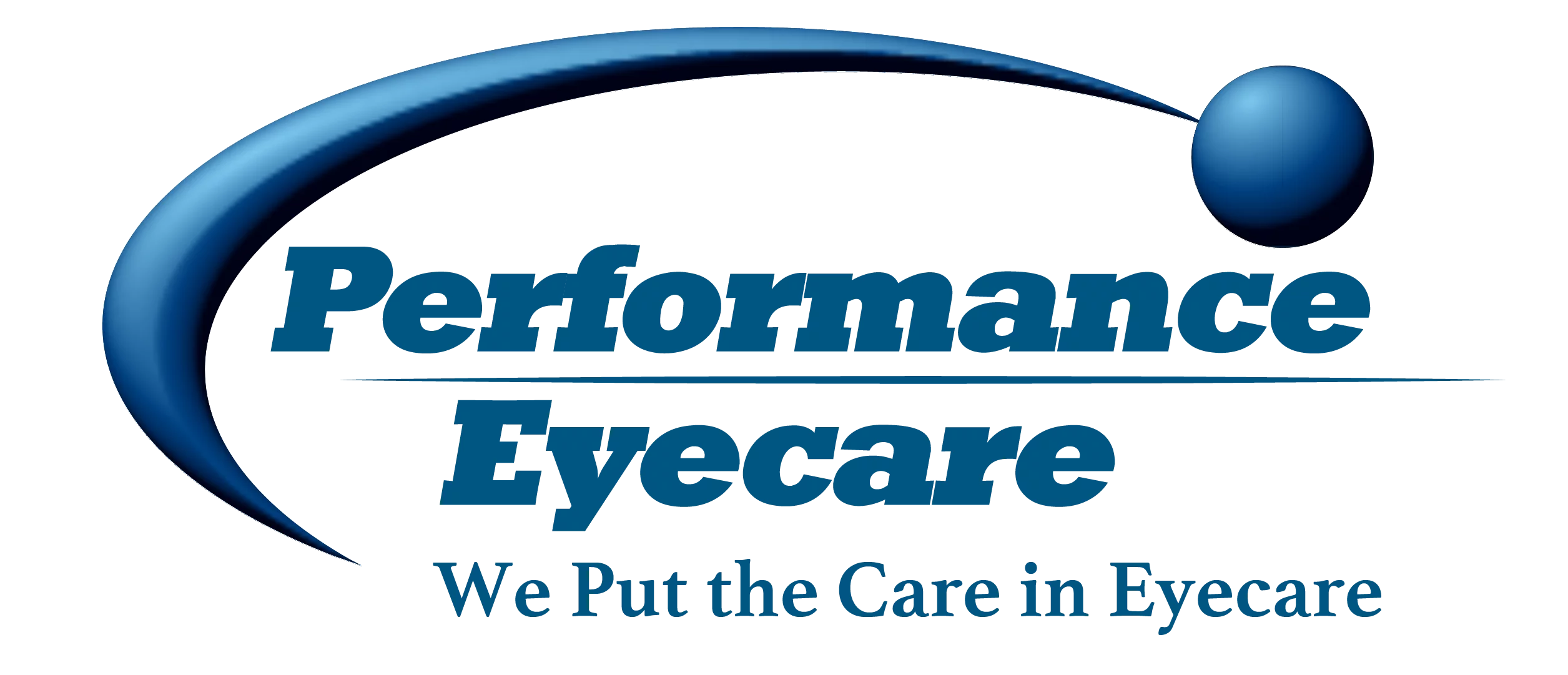Preparing for an Eye Exam
Eyecare experts recommend you have a complete eye exam every year to keep your eyes healthy. Here are some tips on how to get the most out of your exam: Eye Exams for Kids Some experts estimate that approximately 5% to 10% of pre-schoolers and 25% of school-aged children have vision problems. According to the … Read more
